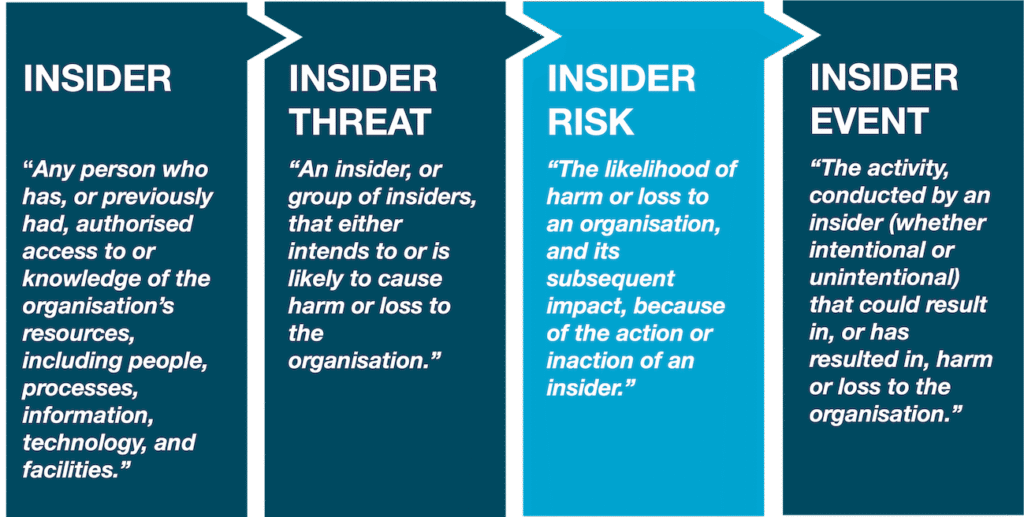
Status: Summary Blueprint
Author: Shahab Al Yamin Chawdhury
Organization: Principal Architect & Consultant Group
Research Date: July 24, 2025
Location: Dhaka, Bangladesh
Version: 1.0
1. Executive Summary
The modern enterprise faces a critical paradox: the need to defend against costly insider risks versus the legal and ethical imperative to respect employee privacy. With data breaches averaging nearly $5 million and 68% of incidents involving a human element, the threat is undeniable. Simultaneously, global regulations like GDPR and CCPA, coupled with the negative impact of surveillance on trust and productivity, make traditional monitoring strategies untenable.
This blueprint presents a solution: a shift from a reactive, surveillance-heavy posture to a proactive, human-centric Integrated Privacy-Aware Insider Risk Management (IRM) program. This model is built on cross-functional collaboration (Security, HR, Legal), the strategic deployment of privacy-preserving technologies, and the cultivation of a positive security culture. The central conclusion is that effective insider risk management and employee privacy are not mutually exclusive; they are mutually dependent pillars of a resilient and modern organization.
2. The Core Challenge: A Two-Front Problem
The Insider Risk Spectrum
Insider risk is not a monolith. An effective strategy must address its full spectrum:
- Malicious Insiders: Intentionally cause harm for financial gain, revenge, or espionage. Highest impact, but least frequent.
- Negligent Insiders: Disregard security policies for convenience, without intent to harm.
- Accidental Insiders: Make unintentional errors (e.g., sending an email to the wrong person). This is the most common source of incidents.
- Compromised Insiders: Victims whose credentials are stolen by external attackers.
The Privacy Imperative
Aggressive monitoring is counterproductive and legally perilous.
- Legal & Compliance: Global laws like GDPR (EU) and CCPA/CPRA (California) mandate transparency, data minimization, and grant employees significant rights over their data. Covert surveillance is no longer a viable option.
- Cultural & Psychological Impact: Surveillance erodes trust, increases employee stress (56% of monitored workers feel more stressed), and can reduce productivity (41% feel less productive). It fosters resentment, which can paradoxically increase security risks.
3. The Blueprint: An Integrated, Privacy-Aware IRM Program
A successful program is built on three foundational pillars that integrate people, process, and technology.
Pillar 1: Cross-Functional Governance
Siloed approaches fail. A unified program requires a steering committee with shared ownership.
- Security/IT: Manages the technical controls and provides data.
- Human Resources (HR): Provides the critical human context (e.g., performance issues, disgruntlement) to differentiate threats from personal struggles.
- Legal & Privacy: Ensures the entire program is compliant with all laws and respects employee rights.
First Step: Create a Unified Definition of Insider Risk charter, co-authored by all stakeholders, to establish a shared mission and scope.
Pillar 2: Privacy-Aware Technology
Deploy tools that provide insight without unnecessary intrusion.
- User & Entity Behavior Analytics (UEBA): Establishes a baseline of normal user behavior and detects high-risk anomalies, focusing analyst attention on what matters.
- Data Loss Prevention (DLP): Enforces policy at the data level, preventing unauthorized exfiltration via email, USB drives, or cloud uploads.
- Privacy-by-Design: Select tools with features like pseudonymization (masking user identities by default) and role-based access controls to limit analyst visibility.
Pillar 3: A Positive Security Culture (The “Human Firewall”)
The most resilient defense is a workforce that is engaged, educated, and empowered.
- Trust over Suspicion: A positive culture where employees feel valued directly correlates with reduced security incidents. Happy, engaged employees are better guardians of data.
- Modern Security Awareness Training: Move beyond annual compliance checks. Training must be continuous, engaging, role-based, and positive in tone.
- Empowerment: Create a safe environment for employees to report mistakes or concerns without fear of retribution.
4. Actionable Frameworks
Phased Implementation Plan
- Foundation & Governance (Months 1-3): Secure sponsorship and form the cross-functional team.
- Risk Assessment & Policy (Months 4-6): Identify critical assets and develop clear, transparent policies.
- Technology Deployment (Months 7-12): Select and deploy privacy-aware tools.
- Operationalization & Training (Months 13-18): Develop playbooks and launch continuous training.
- Iteration & Maturity (Ongoing): Track metrics and optimize the program.
Proportional Response Matrix (Example)
The response must match the risk level to maintain trust and proportionality.
| Scenario | Risk Level | Level 1 Response (Low Intrusiveness) | Level 3 Response (High Intrusiveness) |
| Accidental Data Sharing | Low | Automated notification to the user for self-remediation. Log event for analysis. | N/A |
| Departing Employee Data Hoarding | Medium | Increase monitoring sensitivity; block USB access. Review file metadata. | Formal case with HR/Legal; targeted forensics with legal approval. |
| Malicious Sabotage | Critical | N/A | Immediate account suspension; preserve device for forensics; engage law enforcement. |
5. Conclusion & Recommendation
Effective insider risk management is not only possible without infringing on employee privacy—it is only possible when privacy is a core component of the strategy. By shifting from a model of suspicion to one of trust, and by integrating people, processes, and privacy-aware technology, organizations can build a resilient defense that protects their most valuable assets while fostering a healthy, productive, and secure culture.